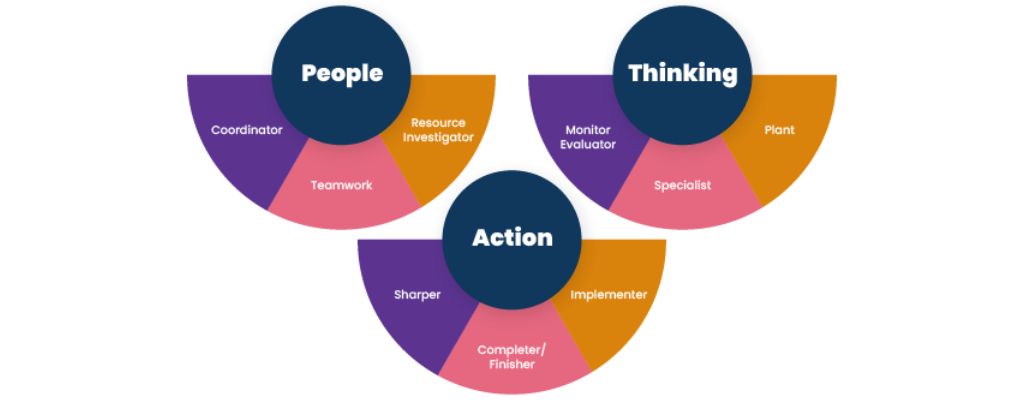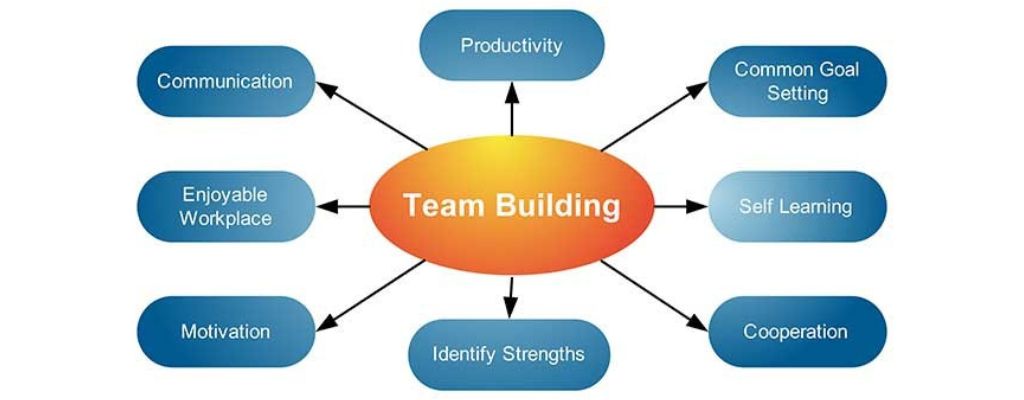Building Strong Teams | Strategies for Effective Team Building and Leadership
Team building and leadership are essential components of any successful organization. Building a strong team that works well together and is led by an effective leader can lead to increased productivity, higher morale, and better overall results. In this blog post, we will explore some strategies for effective team building and leadership that you can implement in your own organization to drive success. Whether you’re a seasoned manager or just starting out in a leadership role, these tips will help you build a strong team that thrives under your guidance.
Introduction:
In today’s dynamic and competitive business landscape, effective teamwork and strong leadership are essential for driving success and achieving organizational goals. Building a cohesive team that works together seamlessly requires more than just assembling a group of talented individuals – it requires intentional strategies for fostering collaboration, communication, and trust. In this blog, we’ll explore proven strategies for effective team building and leadership that can help organizations cultivate high-performing teams and achieve sustainable success.

Establish Clear Goals and Objectives:
Effective team building starts with establishing clear goals and objectives that align with the organization’s mission and vision. Clearly defining the purpose and objectives of the team provides members with a sense of direction and purpose, guiding their efforts towards a common goal. Leaders should communicate these goals transparently and ensure that every team member understands their role and responsibilities in achieving them. By setting clear expectations and benchmarks for success, teams can stay focused and motivated to achieve their objectives.
Foster Open Communication and Collaboration:
Effective communication is the cornerstone of successful teamwork. Leaders should create an environment where team members feel comfortable sharing ideas, providing feedback, and voicing concerns openly and constructively. Encourage regular team meetings, brainstorming sessions, and collaborative problem-solving exercises to foster creativity and innovation. Additionally, leverage digital collaboration tools and platforms to facilitate communication and information sharing, especially in remote or distributed teams. By fostering a culture of open communication and collaboration, teams can leverage the collective expertise and insights of their members to achieve better results.
Cultivate Trust and Psychological Safety:
Trust is essential for building strong relationships and fostering collaboration within teams. Leaders should prioritize building trust among team members by demonstrating integrity, transparency, and empathy in their actions and decisions. Encourage open dialogue, active listening, and mutual respect to create a safe and supportive environment where team members feel empowered to take risks, share ideas, and challenge the status quo without fear of judgment or reprisal. Psychological safety – the belief that one can speak up, take risks, and express themselves without fear of negative consequences – is crucial for fostering innovation and creativity within teams.
Foster Diversity and Inclusion:
Diversity of thought, background, and perspective is essential for driving innovation and problem-solving within teams. Leaders should actively promote diversity and inclusion by fostering a culture of respect, equity, and belonging. Encourage collaboration among team members with diverse skills, experiences, and perspectives to leverage the collective wisdom of the group. Embrace diverse viewpoints, challenge assumptions, and seek out alternative perspectives to foster creative thinking and drive better decision-making. By embracing diversity and inclusion, teams can tap into a broader range of ideas and insights, leading to more innovative solutions and better outcomes.
Lead by Example and Empower Others:
Effective leadership is crucial for guiding and inspiring teams to achieve their full potential. Leaders should lead by example, demonstrating the values, behaviors, and work ethic they expect from their team members. Empower team members by delegating authority, providing opportunities for growth and development, and recognizing and celebrating their achievements. Foster a culture of accountability and ownership, where team members take pride in their work and are empowered to take initiative and make decisions autonomously. By empowering others and leading by example, leaders can inspire trust, motivate performance, and drive results within their teams.

Conclusion:
Building strong teams and effective leadership are essential for driving success and achieving organizational goals in today’s competitive business environment. By establishing clear goals and objectives, fostering open communication and collaboration, cultivating trust and psychological safety, embracing diversity and inclusion, and leading by example and empowering others, organizations can create high-performing teams that are capable of overcoming challenges, adapting to change, and achieving sustainable success. By investing in effective team building and leadership development, organizations can unlock the full potential of their teams and drive innovation, growth, and excellence in everything they do.



